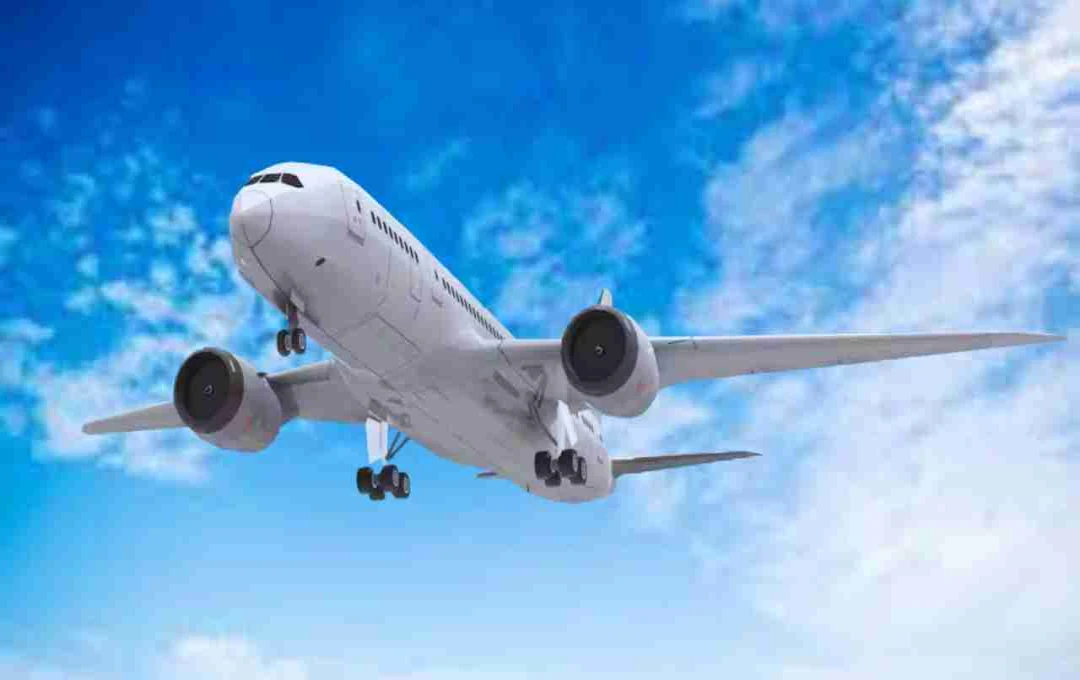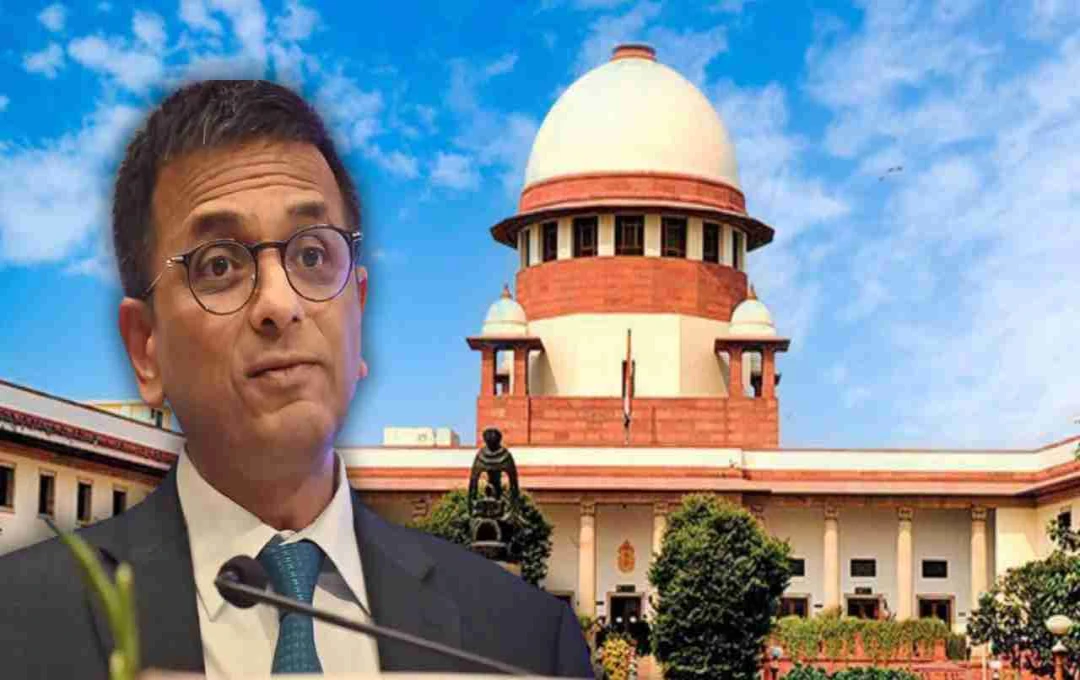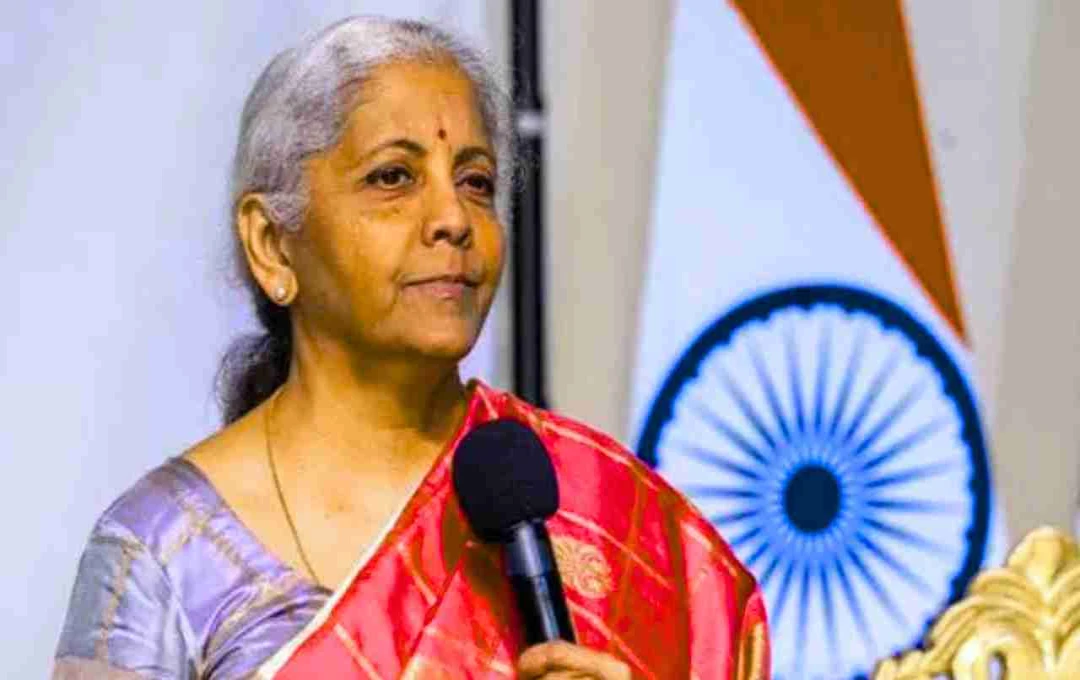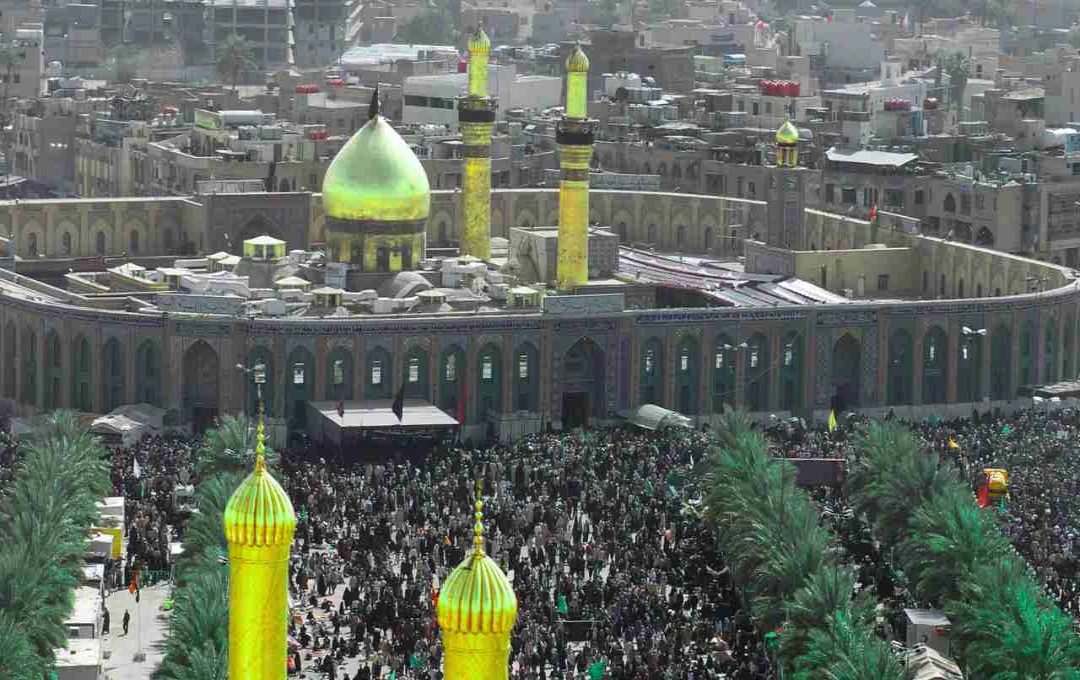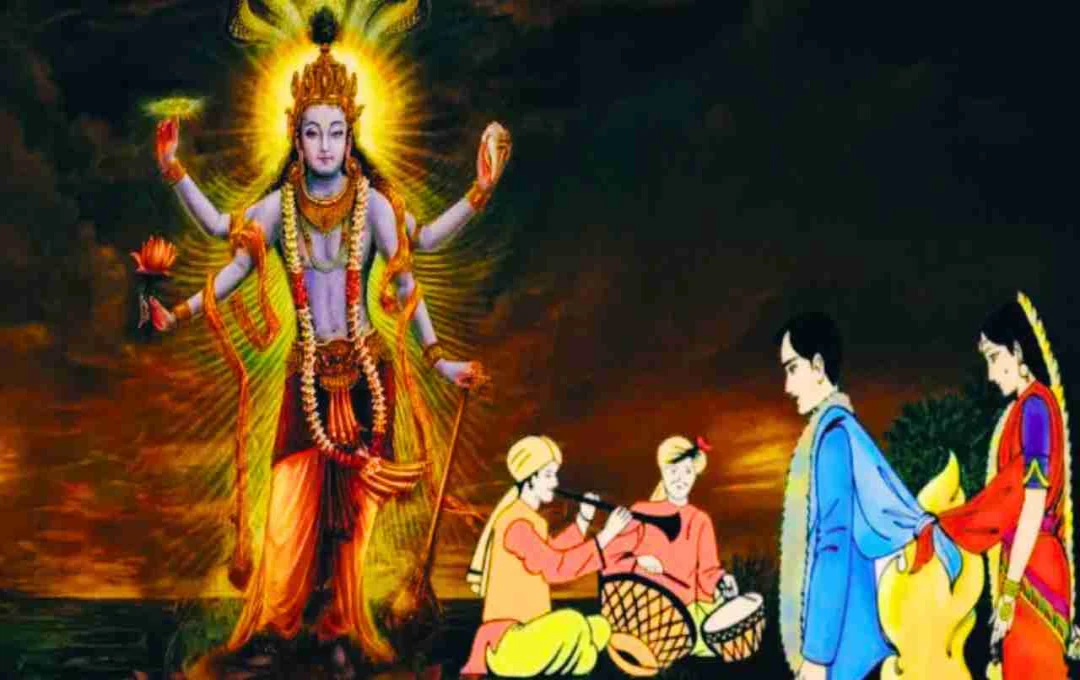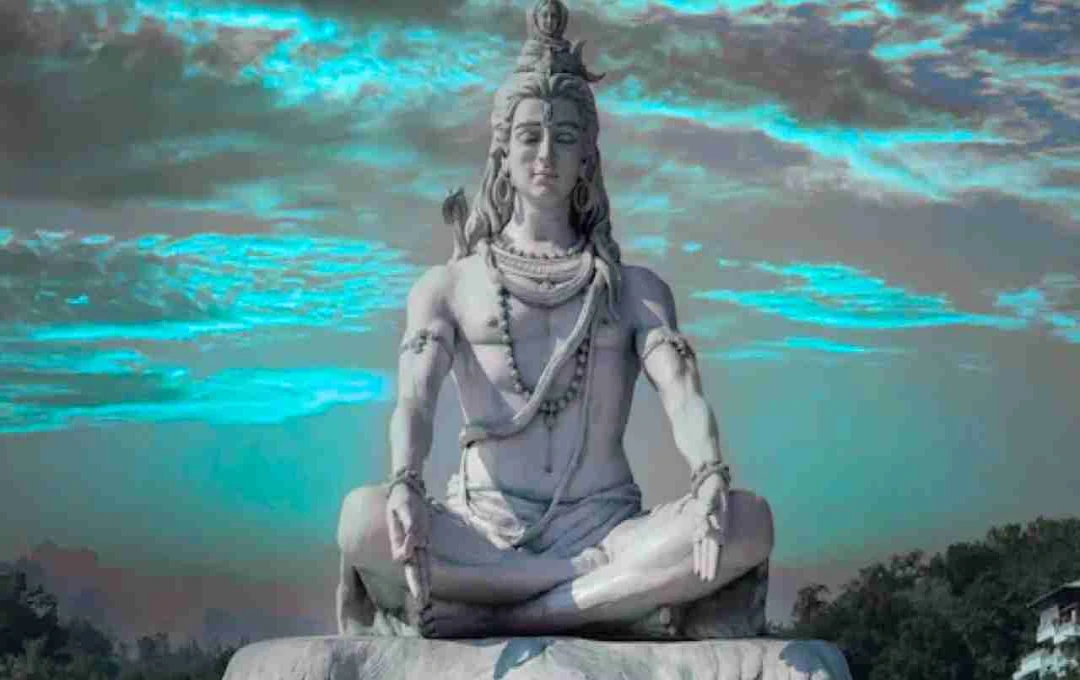One of the most significant and impactful inventions of human civilization is the airplane. It's a technology that has not only revolutionized travel but also shrunk the world. Today, we can reach any corner of the globe in a matter of hours, a feat owed to the magnificent invention we know as the 'airplane.' But have you ever wondered when the airplane was created, who created it, and how such a heavy machine managed to take to the skies?
The Dream of Flight: Where Did It Begin?
The idea of flying had captivated humans for thousands of years. Inspired by the birds they observed, humans envisioned a future where they too could touch the heights of the sky, evident in mythological tales, stories, and artwork depicting flying beings.
In India, we read about examples like the 'Pushpak Vimana' in ancient texts. However, from a scientific perspective, the great artist and scientist Leonardo da Vinci of the 15th century was the first to design "flying machines." Though these designs were theoretical and not practically successful.
Who Invented the Airplane?
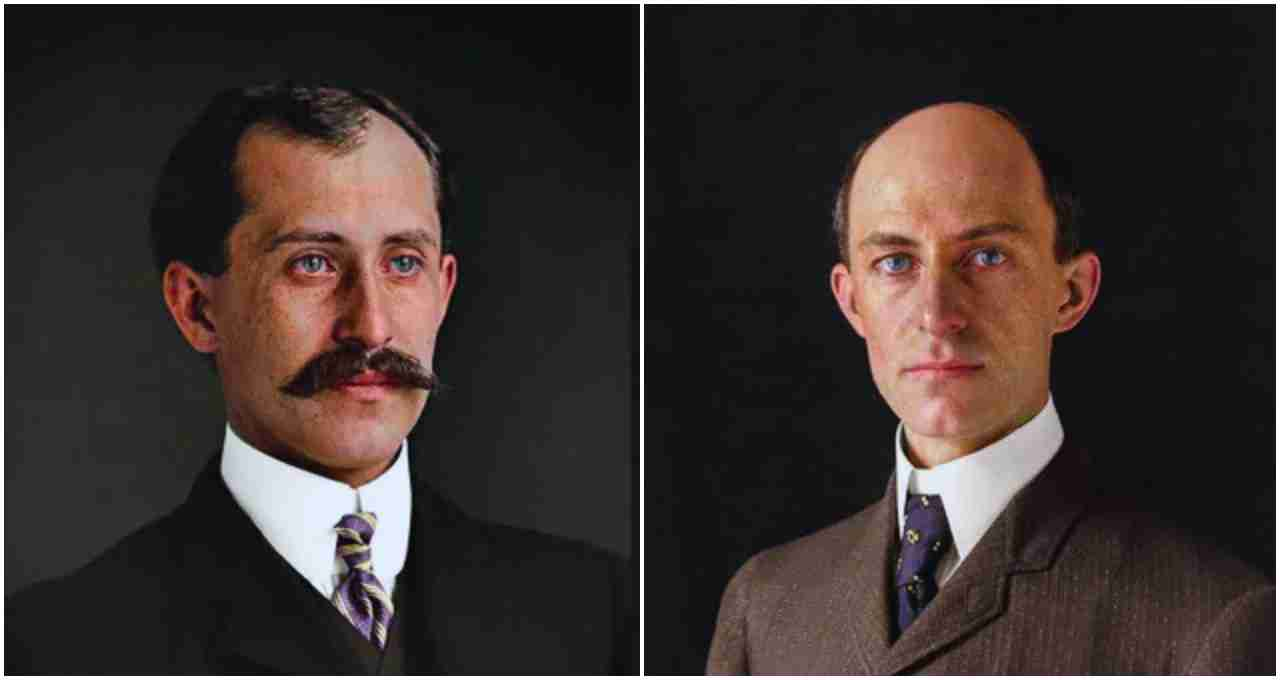
The credit for the first successful airplane flight goes to the Wright brothers — Orville Wright and Wilbur Wright. These two brothers were from America, initially bicycle mechanics, but with a keen interest in the technology of flight.
They conducted numerous experiments, modified designs, and endured failures, but finally, on December 17, 1903, they achieved the world's first successful flight in Kitty Hawk, North Carolina, USA.
Their flying machine was named 'Flyer-1'.
How Was the First Airplane Built?
The Wright brothers' airplane was not a luxury aircraft. It was a light wooden structure, covered with a fabric layer and fitted with a small engine. It was approximately 12 meters long and weighed only 274 kilograms.
Four main components were used to make this aircraft fly:
- Wings – The primary structure for generating lift.
- Propeller – Which rotates using the engine's power and provides thrust in the forward direction.
- Rudders and Elevators – That aid in changing direction and controlling altitude.
- Engine – A small, lightweight petrol engine that rotated the propeller.
The Wright brothers initially flew it as a glider, and then added an engine to make it a complete airplane.
What Was the First Flight Like?
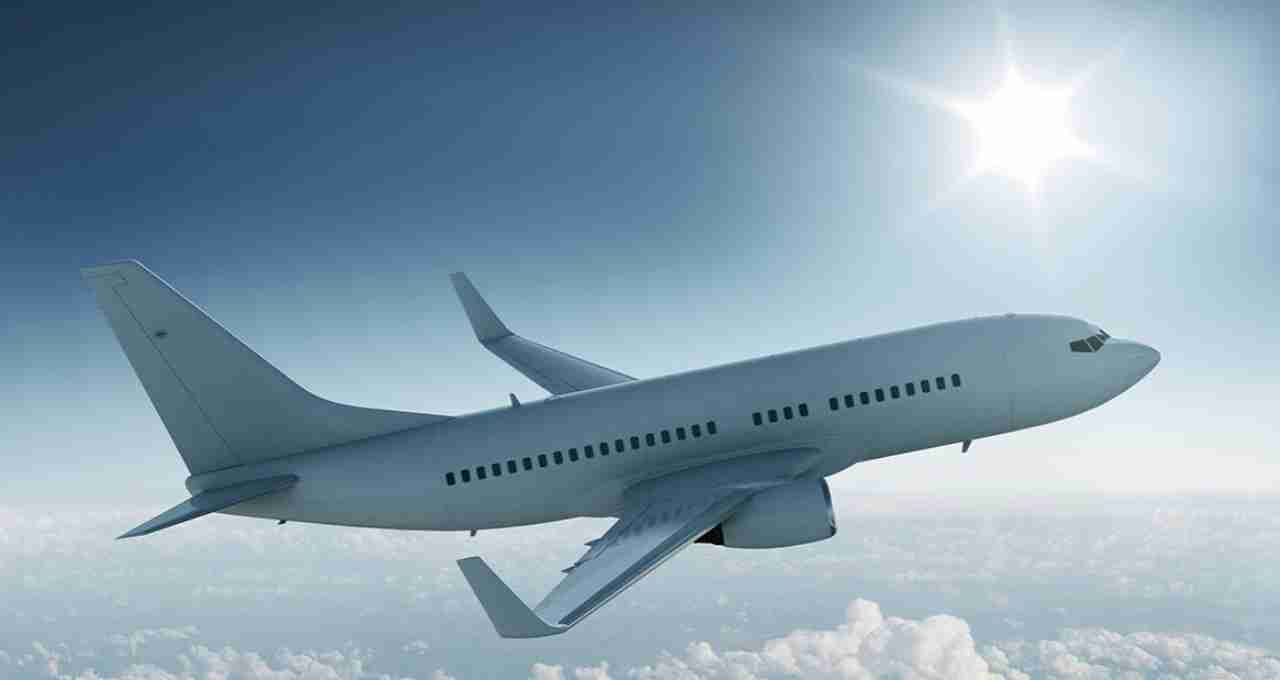
At 10:35 AM on December 17, 1903, Orville Wright made history. He took the first flight in an aircraft named "Flyer-1". The flight lasted only 12 seconds and covered a distance of about 120 feet, but its significance was enormous. It was the first time a human had flown through the air in a powered machine in a fully controlled manner. This short flight laid the foundation for future air travel and brought humanity's dreams to the sky.
How Does an Airplane Fly?
Four fundamental principles underpin an airplane's flight, known as the 'four forces of flight':
- Lift – The upward force generated by air pressure on the wings.
- Thrust – The force applied forward by the engine.
- Drag – Air resistance, which pulls the aircraft backward.
- Weight – The force of gravity that pulls downwards.
When lift exceeds weight, and thrust exceeds drag, the airplane flies.
The Development of Airplanes and the Modern Era
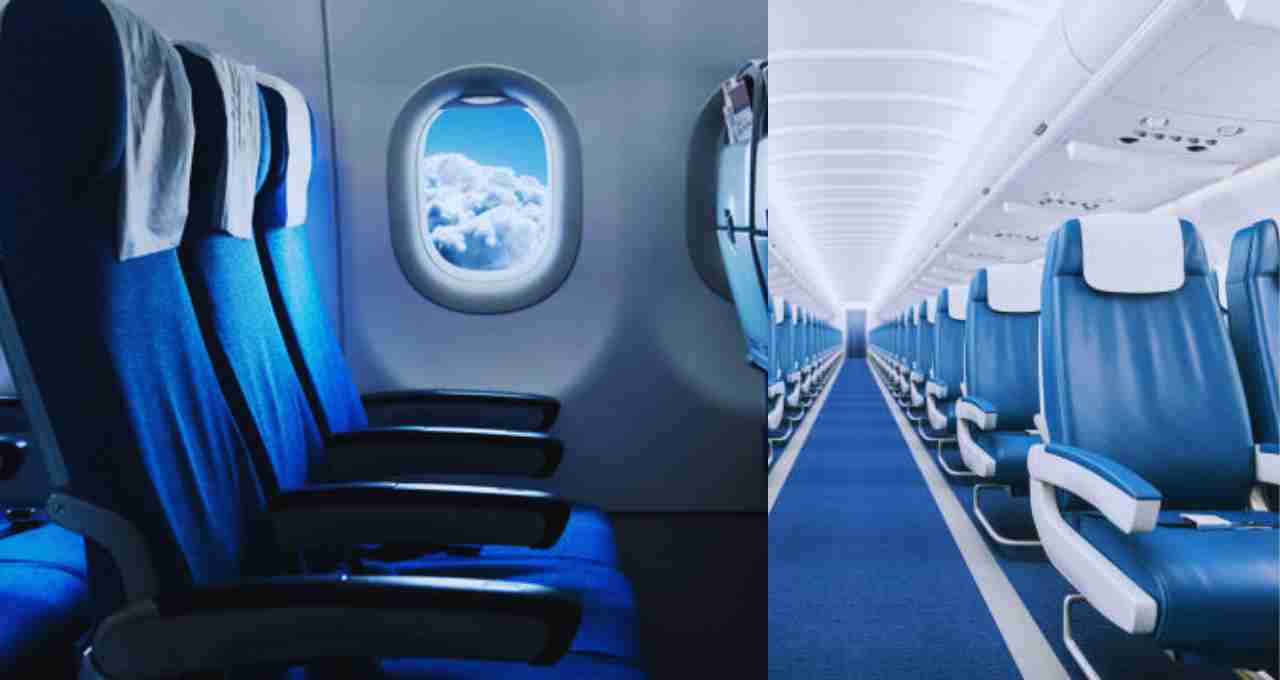
After the Wright brothers' first flight, numerous scientists, engineers, and countries collaborated to further advance this technology.
- Aircraft were used for warfare during World War I (1914–1918).
- By World War II (1939–1945), aircraft began to resemble rockets.
- In 1969, the first supersonic aircraft, the Concorde, was created, flying at the speed of sound.
Today, airplanes not only transport passengers from one country to another but are also used in:
- Military operations,
- Cargo and freight transport,
- Disaster management,
- Weather forecasting,
- And space exploration.
India and the Aviation Sector
The aviation sector in India began on February 18, 1911, with the first commercial flight between Allahabad and Naini. Since then, India has made considerable progress in this sector. Today, major airlines such as Air India, Indigo, SpiceJet, and Vistara are safely transporting millions of passengers from one city to another every day. Moreover, India has developed its own fighter aircraft, the "Tejas," which is now flying bly in the skies for the country's defense.
The invention of the airplane is one of the most revolutionary achievements in human history. The Wright brothers' foresight, experimentation, and determination turned the dream of flying into a reality. Today, the airplane is not only a means of transportation but also a symbol of the flight of science, technology, and human resolve. It teaches us that no dream is impossible.
